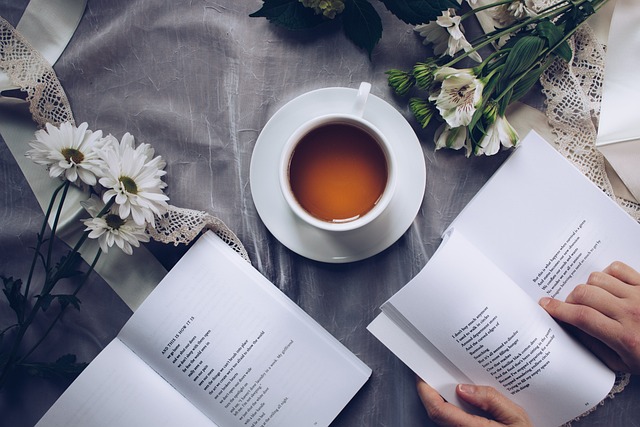Introduction
Proofreading, proofreading, proofreading – it's a word that has become a constant companion in my life, both personally and professionally. Allow me to take you on a journey through the intricate world of proofreading, where we'll explore its meaning, the secret language of proofreading symbols, and the fascinating world of proofreading marks.
Proofreading Meaning
So, what exactly is proofreading? It's the art of meticulously examining a piece of written work to correct errors and polish it to perfection. As a writer, proofreading has been my faithful ally, helping me transform rough drafts into polished gems.
The Proofreader's Arsenal: Symbols and Marks
In my proofreading journey, I've encountered an intriguing secret language – proofreading symbols and marks. These are the not-so-hidden gems that proofreaders use to communicate edits and revisions to writers. Think of them as the notes in the margins of a musical score, guiding the writer towards a harmonious composition.
Also Read
· How To Start Copywriting - Earn Up to $500 Per Week
Let's delve into some of the most common proofreading symbols and marks:
1. The Universal Language of Deletion: When I come across a redundant or unnecessary word or phrase, I mark it with a simple line through it (strikethrough). It's like trimming excess foliage to reveal the true beauty of the garden.
2. The Caret of Insertion: When a sentence yearns for an additional word or phrase, I use the caret symbol (^) to insert it precisely where it belongs. It's akin to fitting the missing piece into a puzzle.
3. The Mighty Circle of Transposition: Sometimes, the order of words needs a little shuffle. I use a circle with an arrow to indicate that words should swap places. It's like a dance where each word finds its perfect partner.
4. The Semicolon Sentry: A misplaced semicolon can disrupt the flow of a sentence. I use a semicolon symbol (;) to guide the writer on its proper usage. It's the punctuation police officer ensuring order on the grammatical streets.
5. The Curious Query: A question mark (?) is my way of asking the writer for clarification. It's like raising an inquisitive eyebrow, seeking answers to maintain coherence.
6. The Astonishing Exclamation: Exclamation marks (!) are like bursts of excitement, but they must be used sparingly. I employ this symbol to encourage moderation, like reminding a storyteller to save their best surprises.
7. The Ellipsis Mystery: The ellipsis (...) hints at an unfinished thought or a deliberate pause. It's like a literary trail of breadcrumbs, urging the writer to fill in the gaps.
8. The Underline Emphasis: When a word or phrase requires emphasis, I underline it to draw the reader's attention. It's like using a highlighter to make a point pop.
9. The Capitalization Command: Capital letters (ALL CAPS) are reserved for shouting – or for indicating the need for capitalization. It's like reminding a friend to stand tall and proud.
My Personal Proofreading Journey
Through countless hours of proofreading, I've come to realize that it's not just about correcting errors. It's about breathing life into words, ensuring they convey the intended message with clarity and grace.
Each time I proofread, I become a silent partner in the writing process, committed to upholding the writer's voice and vision. It's a dance of words, where every step I take brings me closer to the heart of the text.
Proofreading as a Skill and a Passion
Proofreading isn't just a skill; it's a passion. It's about preserving the sanctity of language while embracing the ever-evolving nuances of communication. It's about taking pride in the precision of a well-placed semicolon and the elegance of a perfectly hyphenated word.
I remember the first time I proofread a document professionally. The sense of responsibility was overwhelming. I knew that my meticulous scrutiny could mean the difference between clarity and confusion, success and failure. It was a humbling experience that reinforced my commitment to this craft.
The Joy of Discovering Errors
Some might view proofreading as a tedious task, but I see it as a treasure hunt. There's a thrill in spotting a hidden error, a missing comma, or a misplaced modifier. Each discovery is a step closer to perfection, a testament to the power of meticulous attention.
Conclusion
In the world of writing, proofreading is the final, essential layer that ensures your words shine brightly. It's the guardian of clarity, the custodian of grammar, and the curator of elegance. Through proofreading, we elevate the written word to an art form, making it a joy to read and a pleasure to comprehend.
So, remember, proofreading is not just about correcting mistakes; it's about celebrating the beauty of language. It's about making your words sing in harmony. Embrace the power of proofreading, and let your writing reach new heights of excellence. Proofreading – it's the invisible hand that guides every great writer.

